Discover the leaky spots and how to fix them by looking at these key areas in Google Analytics
It’s Saturday night, and it’s pouring with rain.
You’re curled up on the sofa watching a movie when you feel a drop of water splashing on the top of your head.
What? Is this for real?
Then comes another one. This time you’re sure you didn’t imagine.
It’s for real, your roof is leaking. What do you do?
- You move to the side and continue to watch the movie, hoping it’s not that bad.
- You put a pot under the leaky spot to collect the water, check out all the other rooms to see if this happens anywhere else while you call someone to fix your roof ASAP.
I’m sure you chose the latter.
You would not be able to relax and go to bed knowing your house might be flooded. You would do anything in your power to minimise the damage and to fix the leaky roof.
Now let’s think about your website.
Every day sales fall through the cracks of your site, one by one, just like the drops of rain through a damaged roof.
Now, why are you still sitting on your sofa and pretend it doesn’t happen?
It’s time to treat your leaky website as if it were a damaged roof.
You know you’re missing sales, but if you don’t know where this happens on your site and funnels, you can’t do anything to fix it.
So, if you want to improve your leaky website you need to know:
- That you have a situation - your website is leaking sales
- Where the “holes” are
- What to do to fix them
In the case of a roof, it’s enough to call the specialists and maybe go out for a movie while they solve the problem. But when it comes to your website, things are quite a bit more complex.
For this you have two main options:
- Hire a good analyst. He or she will be able to dive into your data and figure out the loose ends and the weak spots in your website where you lose customers. They are pretty expensive and you’ll need to pay a few thousands dollars for their services. If they’re good, they’re worth it.
- Use a free automated conversion optimization website audit. At the time of writing this article, we’re in the process of creating an automated CRO audit based on Google Analytics data, that will be offered for free on our website. You can find out more about it in this post Feeling lost in Google Analytics? Find your way out with this Conversion Rate Optimization free audit
Once this solution will be up and running it will be like having access to an expensive data analyst...for free.
But until then, let’s see what are the five key areas you should look at when analyzing your data so you can discover the leaky spots in your website and figure out where to start optimizing.
Let’s take them one by one.
1. Page Depth
In Google Analytics and other analytics software, the average page depth refers to the number of pages a visitor views during a session on a website. It’s one of the metrics that reveals visitor engagement.
So when looking at your analytics data, one of the things you want to find out is how many pages are your visitors viewing in a session?
- How many pages does a buyer view before making a purchase?
- Does the average customer view six pages before buying? Or 20 pages or more?
- How many pages your most valuable customers viewed before buying?
These numbers will also help you figure out which pages are popular and how visitors are engaging with your website.
Going more in depth, depending on your target market, you can discover valuable insights about your customers’ behavior according to gender.
For example, your funnels for men and women could reveal data such as the one below:
2. Page value
The Google Analytics help section explains that “Page Value” is the average value for a page that a user visited before landing on the goal page or completing an Ecommerce transaction (or both).
This value is intended to give you an idea of which page in your site contributed more to your site's revenue.
If the page wasn't involved in an ecommerce transaction for your website in any way, then the Page Value for that page will be $0 since the page was never visited in a session where a transaction occurred.
A report showing the Page value vs. Sessions for a Shopify website selling women clothes, accessories, and shoes might look like the one below:
From this graph, we could get insights such as listing pages with the lowest page value ($ 2.2) have the highest optimization opportunity score. We calculate this score by dividing the page value to the number of sessions.
The optimization opportunity score will show you which pages have the biggest potential to help you increase sales so you know where to start optimizing.
These are the pages where you should start A/B testing, based on the insights and hypotheses you want to test.
3. Traffic sources vs revenue
These two metrics will show if you’re spending money on the most profitable traffic sources.
At first glance, you might think that Facebook brings in the most sales, but if you look closer at your data, you might discover that email subscribers are 4 times more likely to convert than those coming from Facebook.
So you could adjust your strategy to capture email leads on Facebook and nurture them towards the sale via an email sequence.
Knowing these metrics will also give you insights on what channels to continue spending money and on which ones to cut costs.
Here’s an example of a graph to see how traffic sources correlated with revenue look like.
4. Location
Knowing where your visitors and customers are located is another valuable info you can discover in your Google Analytics dashboard.
Depending on the type of your business, this info will help you determine the targeting of your ads and marketing campaigns.
You might be interested in knowing the broader location info, such as region or country, or you might need to know the city where your customers are located, eg if you also have offline stores.
And when you correlate Location with Revenue you can figure out which cities have the biggest revenue share and which ones have the lowest contribution.
This way you can optimize your ads and marketing efforts towards the areas that bring most of your clients.
Once you discover your most valuable locations, you should use optimization software that comes with a segmentation engine so you can create personalized, targeted experiences for the visitors in those cities.
For example, you can use website overlays to display relevant messages for each visitor, such as this one for Londoners on a rainy day:
Or create branching logic surveys to discover what’s stopping your visitors from converting into buyers and treat their objections on the spot.
Here’s an example of how such a survey can begin on your website, allowing you to create a conversation with your visitors, just as you would if you were in a brick and mortar shop.
5. Device
It’s a known fact that mobile traffic has surpassed the desktop one. But we also know that many online buyers start researching and reading on mobile and finalize their purchase on desktop.
It’s important to know on what types of devices your customers are mostly interacting with your website.
GA will tell you all this and help you figure out how to optimize your content to offer the best experience on the devices that your most valuable customers are using.
Wrapping up
So now you know five key areas to look for in Google Analytics to figure out where the leaky spots and the strongest ones are on your website: Page Depth, Page Value, Traffic Sources, Location, and Device.
You also know how to use these data in correlation with revenue to extract valuable insights for your optimization strategy.
These five key areas are just a part of the bigger analysis; there are many other aspects to consider if you want to stop losing sales.
You can try and figure this out on your own, hire an analyst or use a service that will automatically audit your website based on your Google Analytics.
source http://www.smartinsights.com/google-analytics/optimisation-google-analytics/website-losing-sales-everyday/
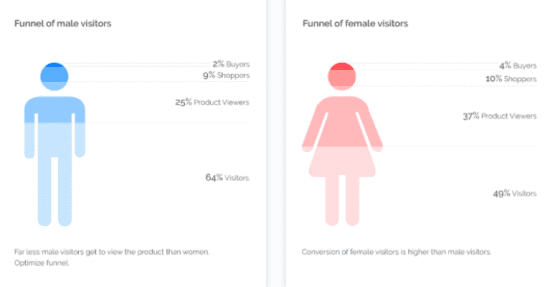
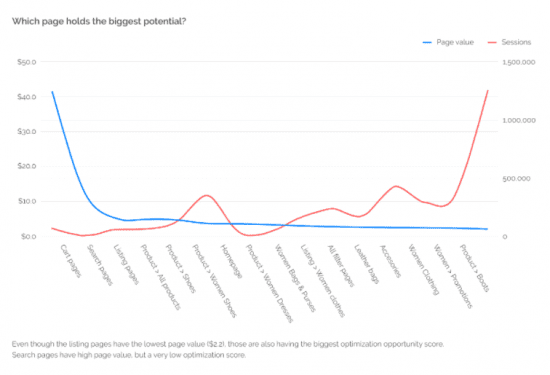
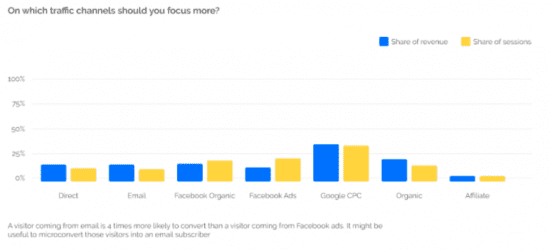
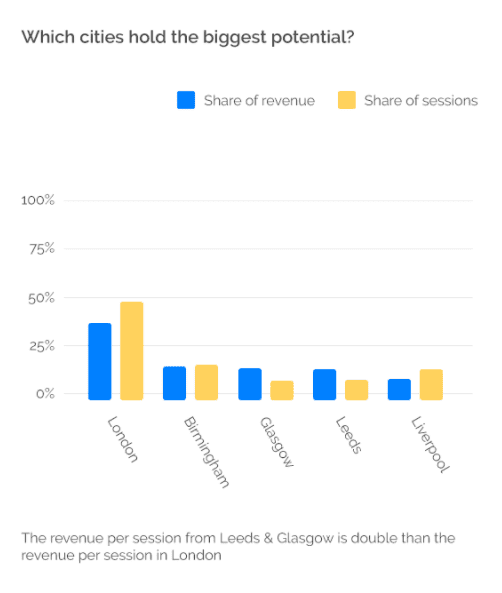


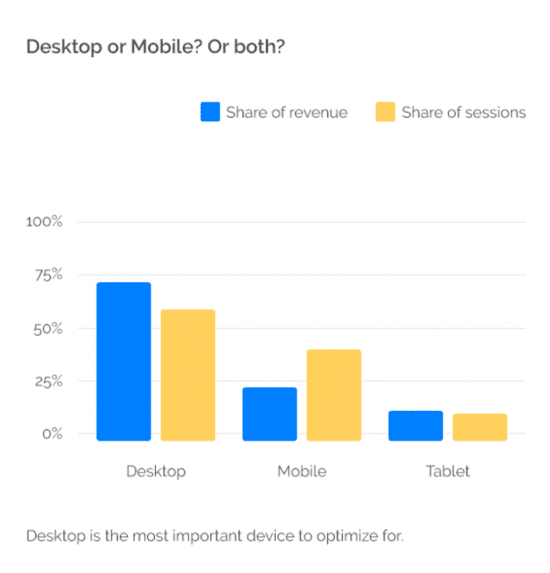
No comments:
Post a Comment